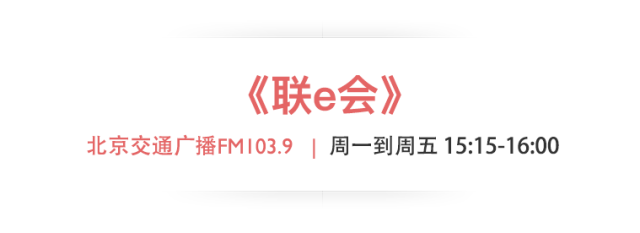
Huawei held the global launch event for the Mate40 series on October 22, attracting unprecedented attention. Aside from some well-known reasons, this generation of Mate series smartphones, touted by Huawei as the best yet, received significant exposure before its release, placing the new Android flagship in the spotlight ahead of time.
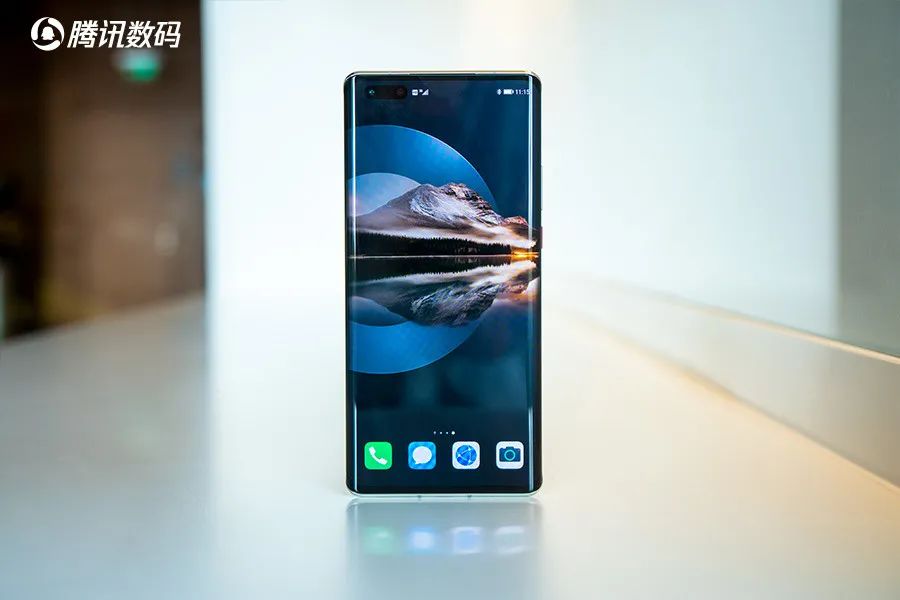
The 5nm Kirin 9000 paired with an enhanced camera system and a newly upgraded charging solution makes the Mate40 series one of the best Android smartphones available today. However, after the launch event, many upgrades regarding the new product sparked some controversies, and several unresolved issues need to be validated once the phone is in users’ hands. And now, it has arrived.
From the time I received the Mate40 Pro until the publication of this article, I have used it for about a week. I would like to discuss some product details and experiences in the following article.
This generation of Mate40 Pro addresses the biggest flaws of its predecessor.
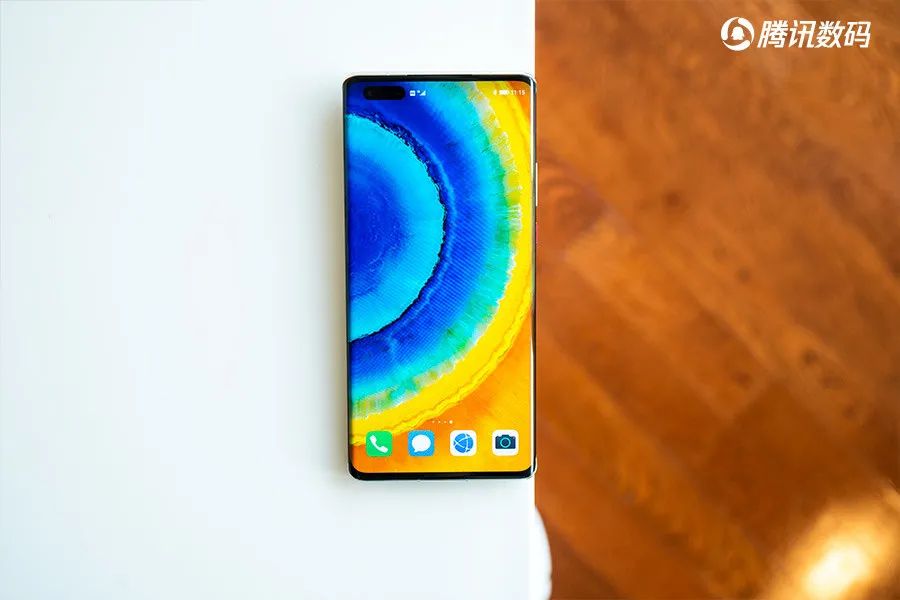
Why do I say this? If you have used the previous generation Mate30 Pro, you will surely resonate with my experience. The Mate30 Pro introduced a waterfall display with a curvature close to 90 degrees for the first time, aiming to eliminate side bezels and provide a more striking visual impact.
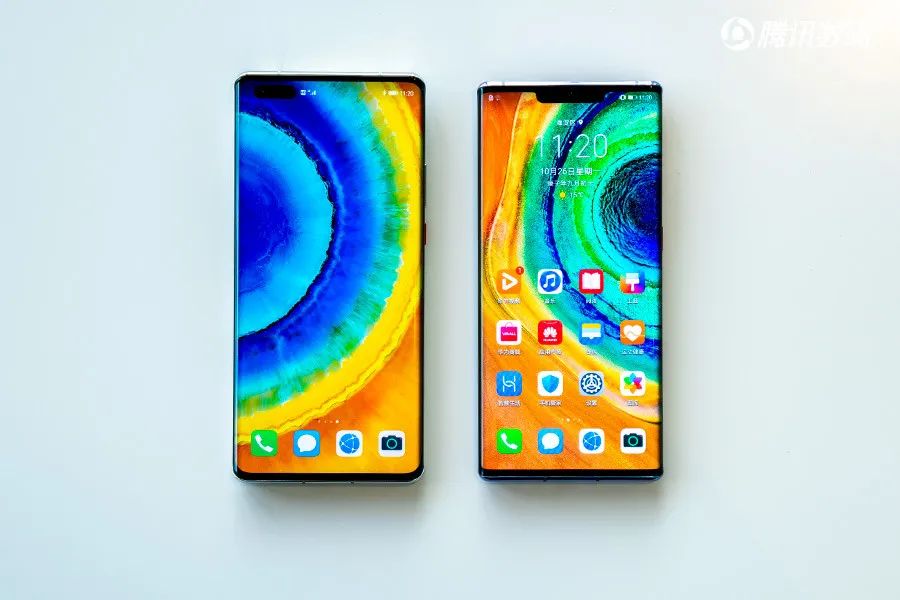
Huawei achieved this, but they also created some potential issues with such an innovative design. The excessive curvature led to two challenges for users: accidental touches on the sides and the virtual volume keys, which troubled many users.
Clearly, Huawei recognized these issues and made improvements in this generation of products. The Mate40 Pro has reduced the curvature of the dual curved sides, making the overall design of the phone appear less radical.
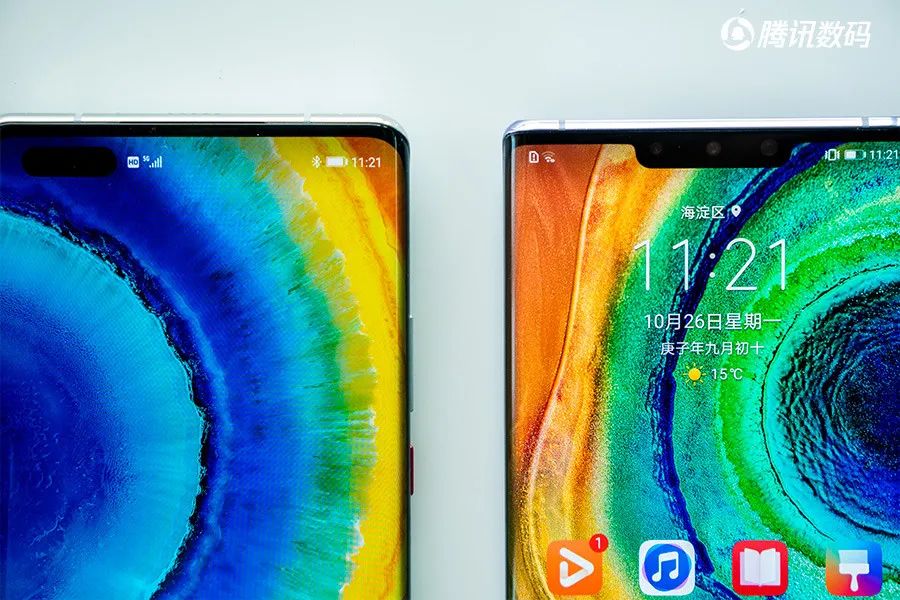
The reduced curvature makes this phone visually wider than the Mate30 Pro, and with the screen size increased to 6.76 inches, the visible area of the Mate40 Pro is significantly larger than that of the Mate30 Pro.
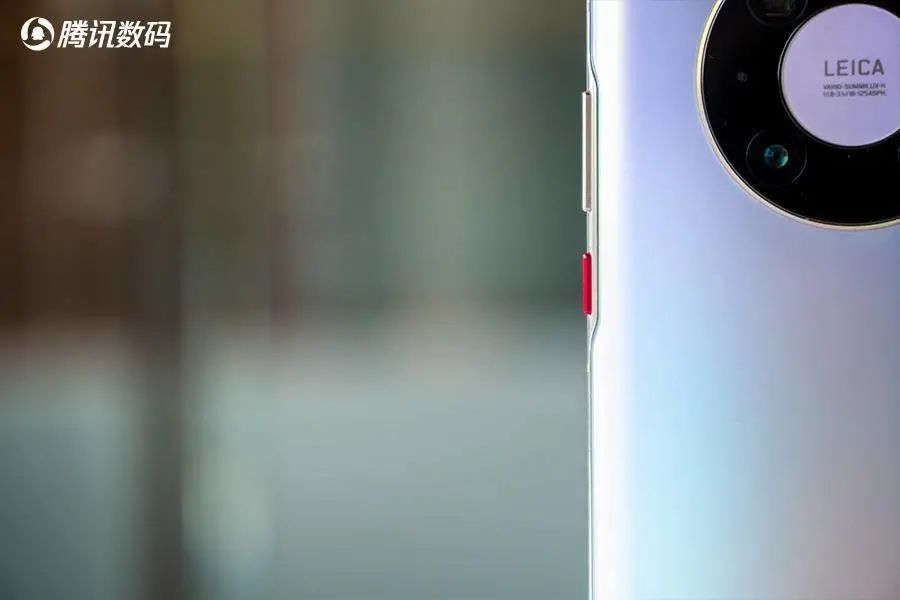
The return of the physical volume keys is a welcome change. Although many manufacturers once aimed to eliminate phone openings, from the perspective of user habits, physical buttons are likely irreplaceable for now. However, Huawei interestingly retained the feature of double-tapping the side of the screen to activate the virtual volume keys, possibly to accommodate users of the Mate30 Pro.
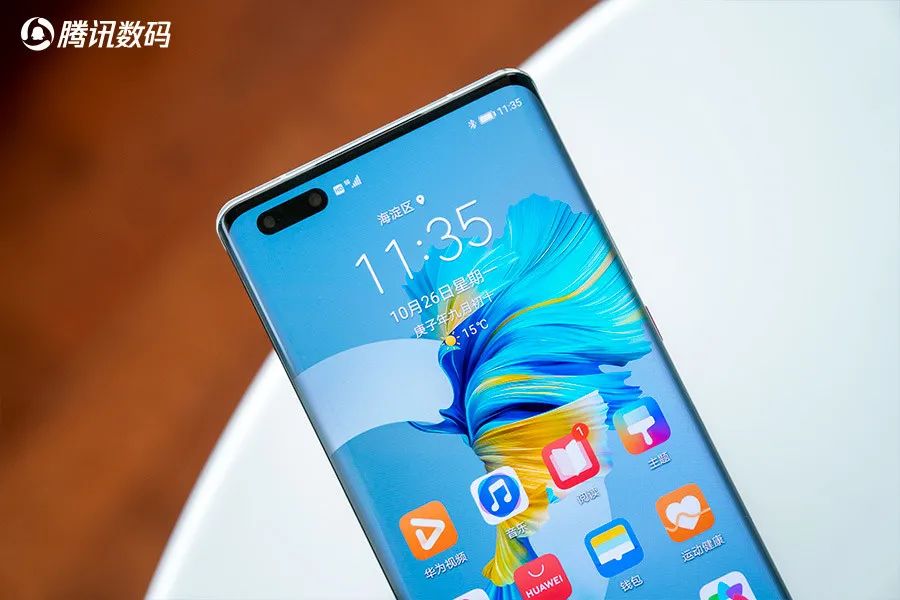
The Mate40 Pro continues to use the “pill-shaped” hole-punch display from the P40 Pro, housing a front camera and a ToF sensor, the former for selfies and the latter for facial recognition and 3D modeling operations. The front camera of the Mate40 Pro has been downgraded compared to the P40 Pro, now featuring a 13-megapixel F2.4 lens.
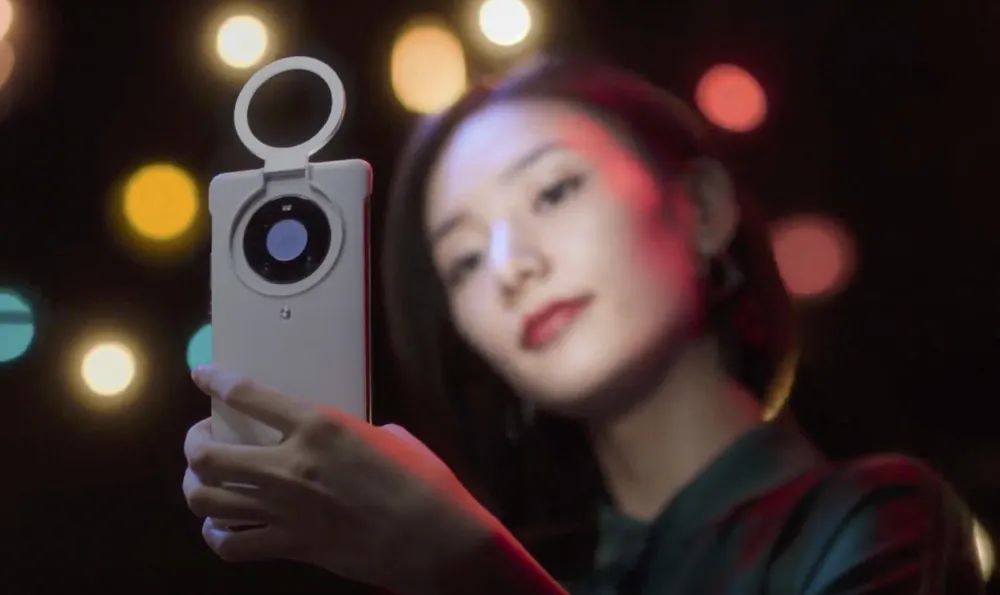
Although the Mate series has never been primarily focused on photography, what if the front camera’s performance is subpar? You can always buy a Huawei flash ring phone case!
The return of dual speakers is an improvement for the Mate40 Pro. The absence of dual speakers in last year’s Mate30 Pro disappointed many users, but the Mate40 Pro fulfills this demand with dual speakers. Huawei has incorporated a very thin opening at the top of the phone for the speaker, angled at 45 degrees, which does not compromise the visual integrity of the front.
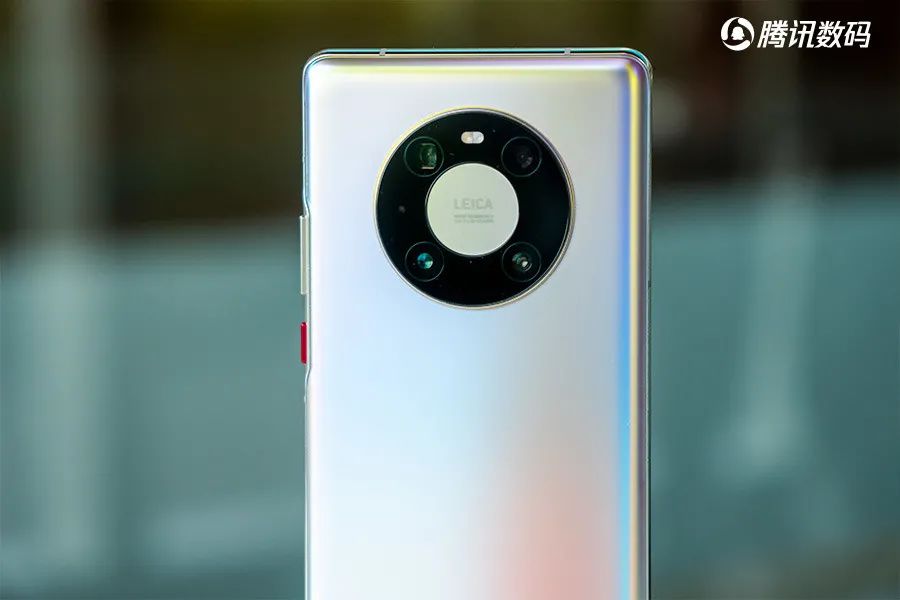
The circular camera module on the back has been retained, and I personally feel that the overall design of the Mate40 Pro is more aesthetically pleasing than the black circular module on the Mate30 Pro.
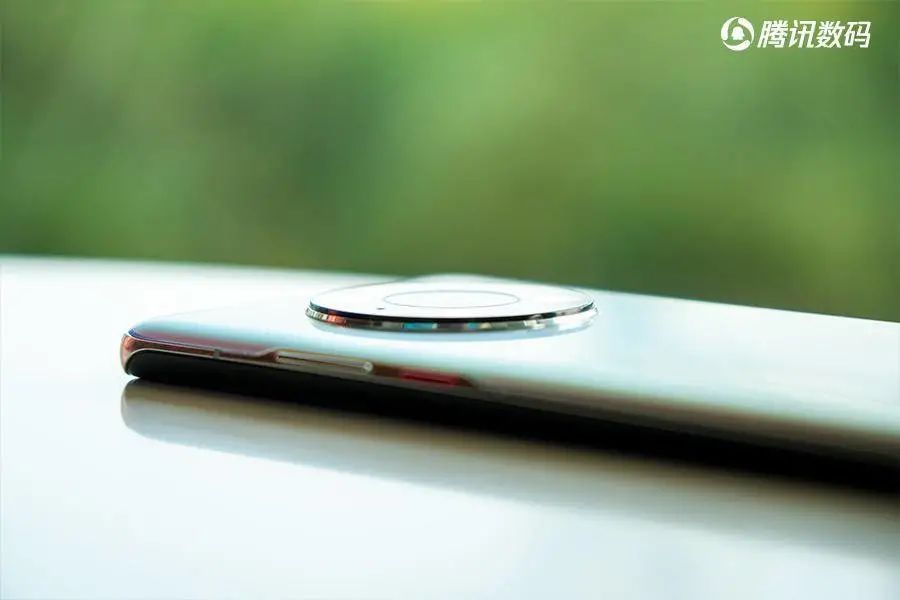
The camera module protrudes slightly from the body, as the Mate40 Pro essentially retains the lens module combination from the P40 Pro. Additionally, this phone has a slightly increased thickness compared to the P40 Pro, making the overall visual appeal from the back more distinctive and attractive.
IP68 dust and water resistance, dual SIM card slots, and an infrared emitter are traditional features that have been preserved. I have always believed that Huawei provides users with the most comprehensive and perceptible options in basic functionalities, especially for flagship products like the Mate40 Pro, which significantly enhances the overall appeal of Huawei’s flagship phones.
From a hands-on perspective, the Mate40 Pro has noticeably changed in size compared to last year’s Mate30 Pro. Although the screen size has only slightly increased, the reduction in the curvature of the curved screen has led to a significant change in the overall width of the device.
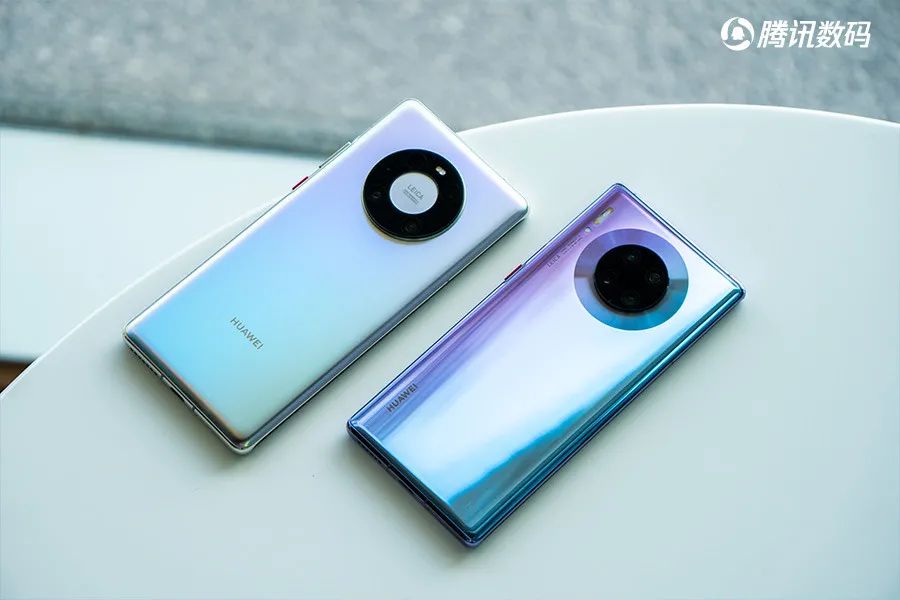
The silver Mate40 Pro I received still features a glass back, and the weight is not light at 212 grams, providing a very good hand feel. Interestingly, this time the Mate40 Pro also has two vegan leather color options, which weigh the same as the glass version, eliminating any differences in usage due to material.
The matte finish of the frosted glass effectively resists fingerprint smudges and significantly enhances the phone’s aesthetic appeal.
Why 90Hz instead of 120Hz?
Finally, a high refresh rate screen has appeared on the Mate series phones, as expected, but users are left wondering why the Mate40 series, as “Huawei’s most powerful Mate phone ever,” only offers a 90Hz refresh rate?
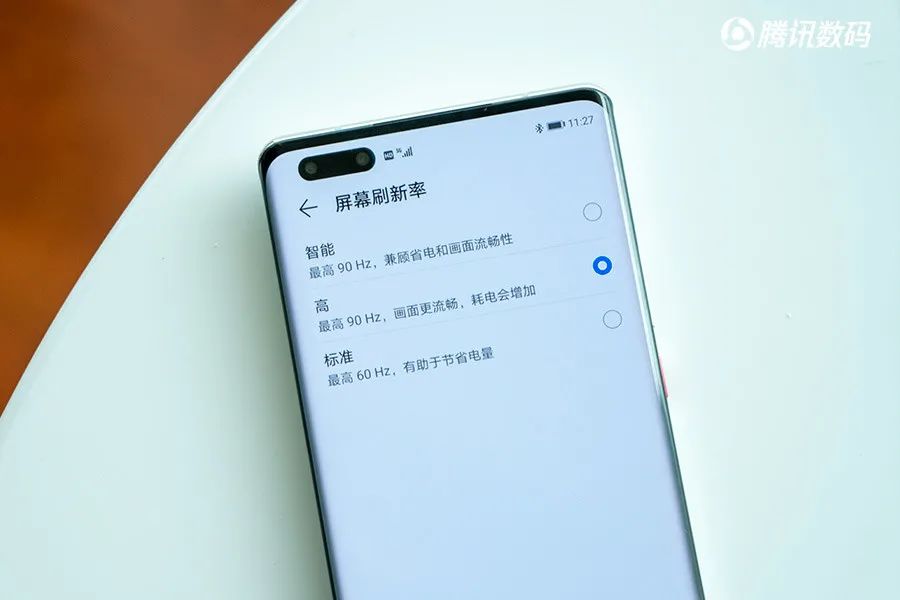
Yu Chengdong explained this issue during the overseas launch on October 22, stating, “Achieving 120Hz is not difficult for us, but a high refresh rate means higher power consumption.” Clearly, Huawei’s consideration is that a 120Hz refresh rate would severely impact the phone’s battery life.
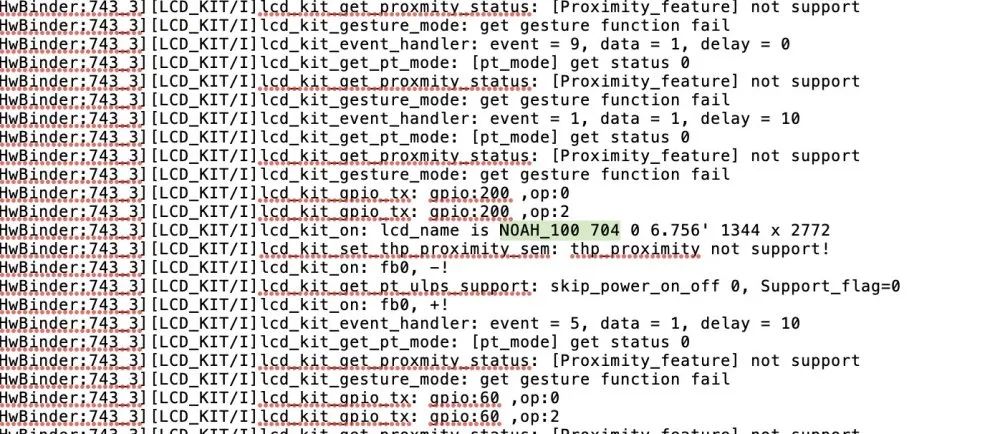
Many believe that the absence of 120Hz on the Mate40 Pro is due to Huawei’s cost and profit margin considerations. However, industry insiders have informed me that the so-called high refresh rate screens, whether 90Hz or 120Hz, do not significantly increase the BOM cost of a panel. Therefore, I tend to believe that Huawei’s decision to not include 120Hz on the Mate40 Pro is based on power consumption considerations.
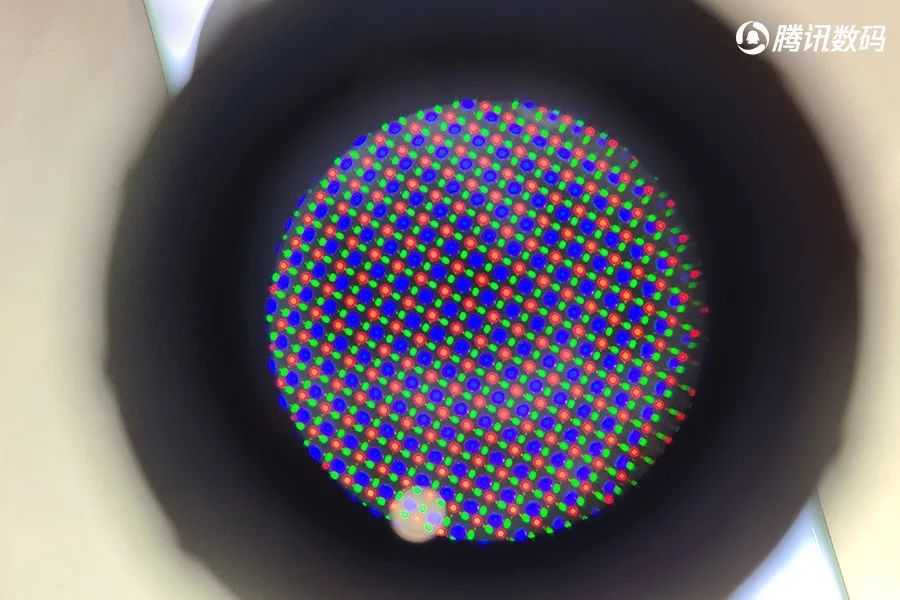
Before testing, many people were concerned about which supplier provided the screen for the Mate40 Pro, and whether it was the “Zhou Dongyu” screen. According to data extracted from the system error report, Huawei still concealed the supplier’s code, but if the Mate40 Pro uses the same system screen code as the previous P40, then the screen on my Mate40 Pro is supplied by LG.

Through a microscope, the screen shows a standard “diamond” arrangement under a completely white interface. However, I have also seen many users report seeing BOE panels (code 190) in offline experience stores, so it is almost certain that this generation of Mate40 Pro will still have multiple suppliers providing screens.
With two of the most concerning questions explained, let’s take a look at this screen. The Mate40 Pro is equipped with a screen resolution of 2772 × 1344 pixels, which, considering pixel arrangement, allows my Mate40 Pro to reach a 1.5K resolution level.
The system provides two color display modes for the screen. In standard mode, the entire phone’s screen appears warm, while switching to vivid mode makes the screen’s color temperature cooler. Neither mode is particularly accurate for white balance display, but manual adjustments to the color offset can yield more accurate color representation.
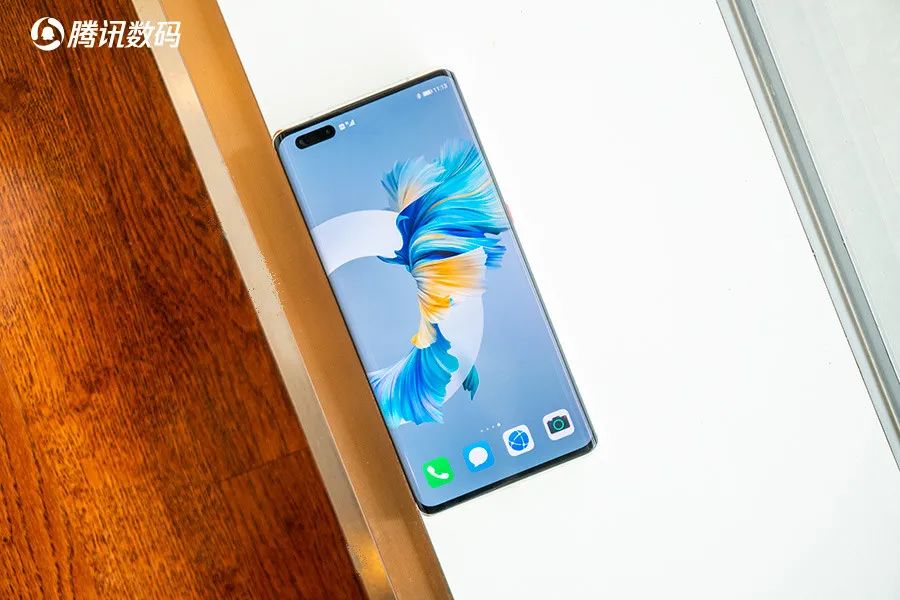
In terms of actual visual experience, the overall brightness of the Mate40 Pro’s screen is significantly better than that of last year’s Mate30 Pro. Testing has confirmed this, with the Mate40 Pro’s illuminance meter test reaching a maximum brightness of 497 nits, and under strong flashlight stimulation, the screen’s brightness exceeded 800 nits.
Overall, the screen quality of the Mate40 Pro has shown a noticeable improvement compared to last year’s Mate30 Pro. Although the screen has never been the most eye-catching part of the Mate series, this generation has increased the refresh rate to 90Hz and improved overall brightness and color performance, making it Huawei’s best screen flagship phone in recent years.
What level is the Kirin 9000?
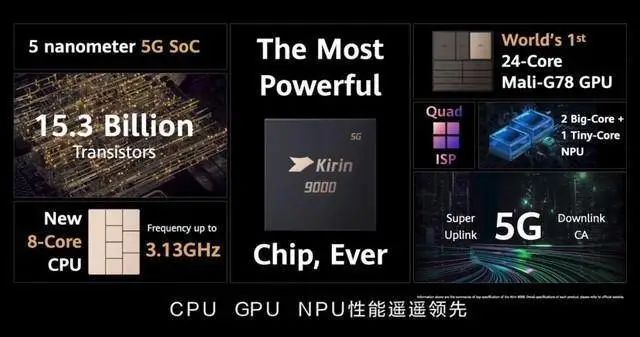
With the launch of the Mate40 series, the biggest suspense surrounding this phone has finally been resolved: the 5nm Kirin 9000 chip. This chip, referred to as the “Kirin grand finale” by the outside world, is currently the only SoC in the world that integrates a 5G modem. It is also the first SoC globally to use the ARM Mali-G78 MP24, boasting a GPU with up to 24 cores.
The Kirin 9000 is built on TSMC’s 5nm EUV process and is one of only two 5nm mobile SoCs in the world. It has eight CPU cores, adopting a 1+3+4 architecture, with the super-large core using the A77 architecture and a maximum clock speed of 3.13GHz, three large A77 cores with a maximum of 2.54GHz, and four small A55 cores with a maximum of 2.04GHz. The GPU is the ARM Mali-G78 MP24, currently the most powerful graphics processor from ARM.
Two surprises and one regret. The first surprise is that the Kirin 9000’s 5nm process has once again increased the number of internal transistors, soaring from 10.3 billion in the Kirin 900 5G to 15.3 billion, which will undoubtedly help this processor perform better in high-level computations. The second surprise is the GPU, which is currently the best graphics processor in the Android ecosystem, significantly enhancing graphical computing power while continuing the Valhall architecture used in the G77.
A notable regret is that the processor architecture used in the Kirin 9000 still remains at ARM-A77. I believe that if the Kirin 9000 had adopted A78, the overall performance would have seen further improvements. But there are no “ifs”…
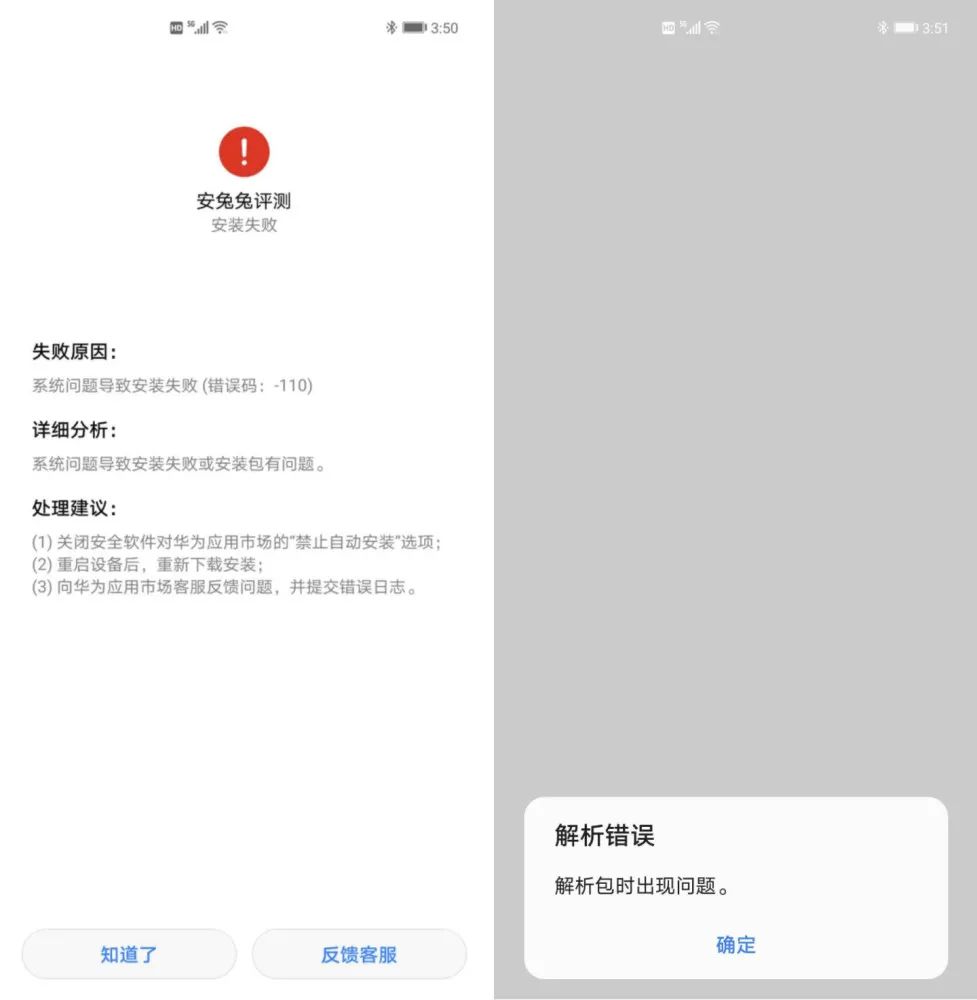
Interestingly, the batch of Mate40 Pro review units I received had Huawei internally block the installation and operation of all benchmarking software. I do not know if an open version will be pushed to me after the domestic launch on the 30th, but at least during the writing of this article, I tested most benchmarking software, and none could be installed.
Here, I can only refer to the benchmark scores from gsmarena. In the GeekBench scores, with the performance mode enabled in the battery options, the Kirin 9000 scored 3704 in multi-core and 1020 in single-core. From the actual benchmark scores, this processor surpasses last year’s A13 in multi-core performance, but still lags behind the A13 in single-core performance on iOS.
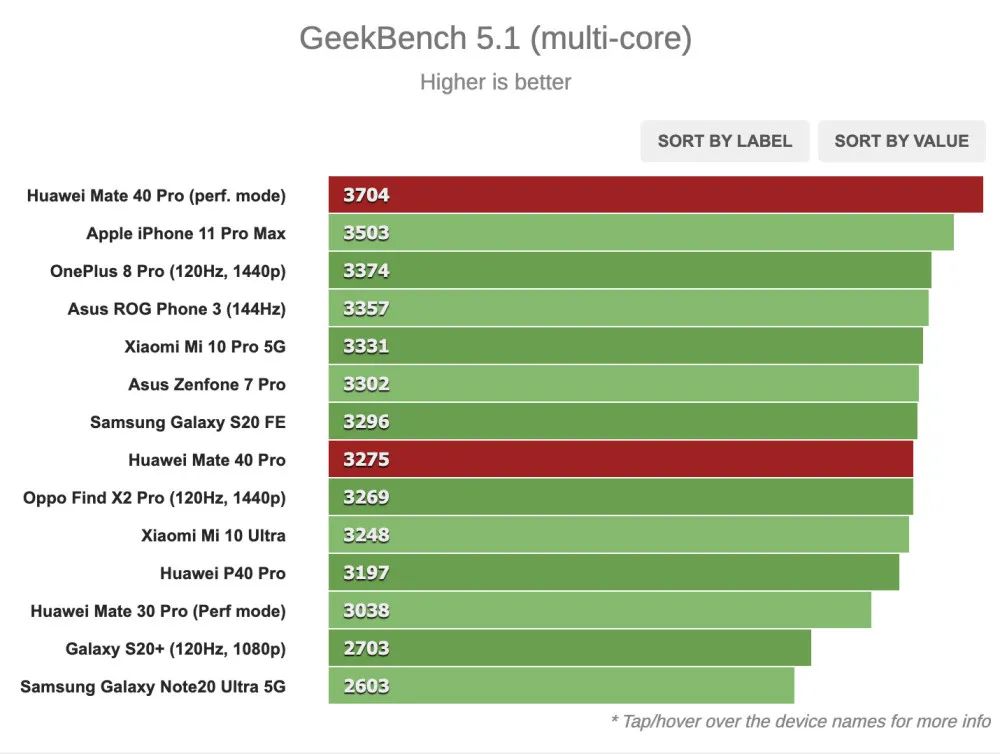
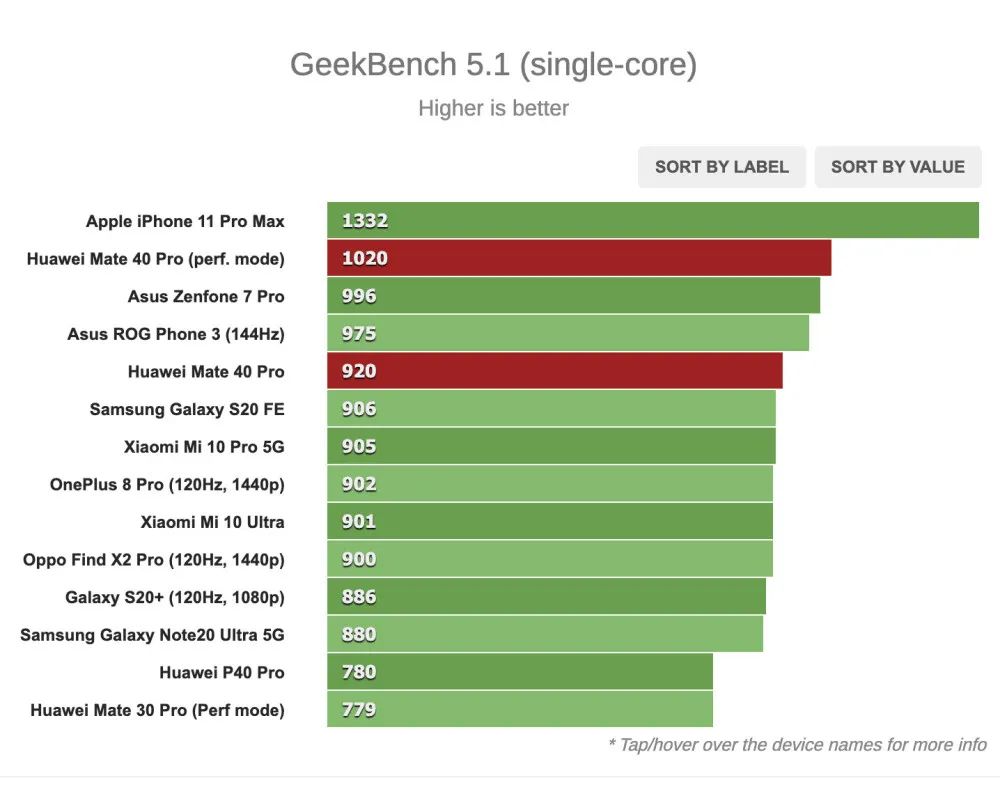
gsmarena did not include the A14 processor score of the iPhone 12 Pro in this test. According to the official benchmark scores provided by Geekbench, the A14 has a single-core score of 1583 and a multi-core score of 3845. Simply from the scores, the multi-core performance of the Kirin 9000 is comparable to that of the A13/14, but in single-core performance, the Kirin 9000 still has a noticeable gap in the Android ecosystem.

In the AnTuTu 8 test, the Huawei Mate40 Pro in performance mode scored around 680,000, which is an 8% increase over the second-place Xiaomi 10 Ultra (Supreme Memorial Edition). It is worth mentioning that the gsmarena tested phone is the 8+256GB memory version, which is comparable to the version I received.
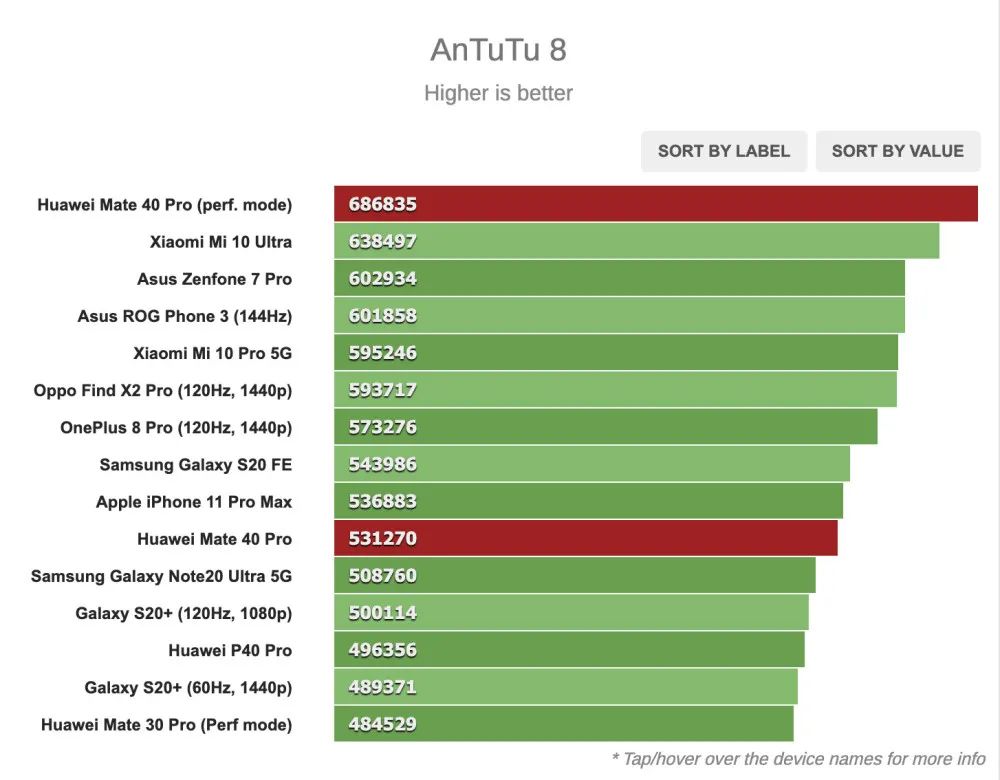
In terms of GPU performance, the Mate40 Pro in performance mode significantly outperformed other competitors in the Android ecosystem in 3DMark tests, showing considerable advantages over the Snapdragon 865 in both OpenGL and Vulkan.
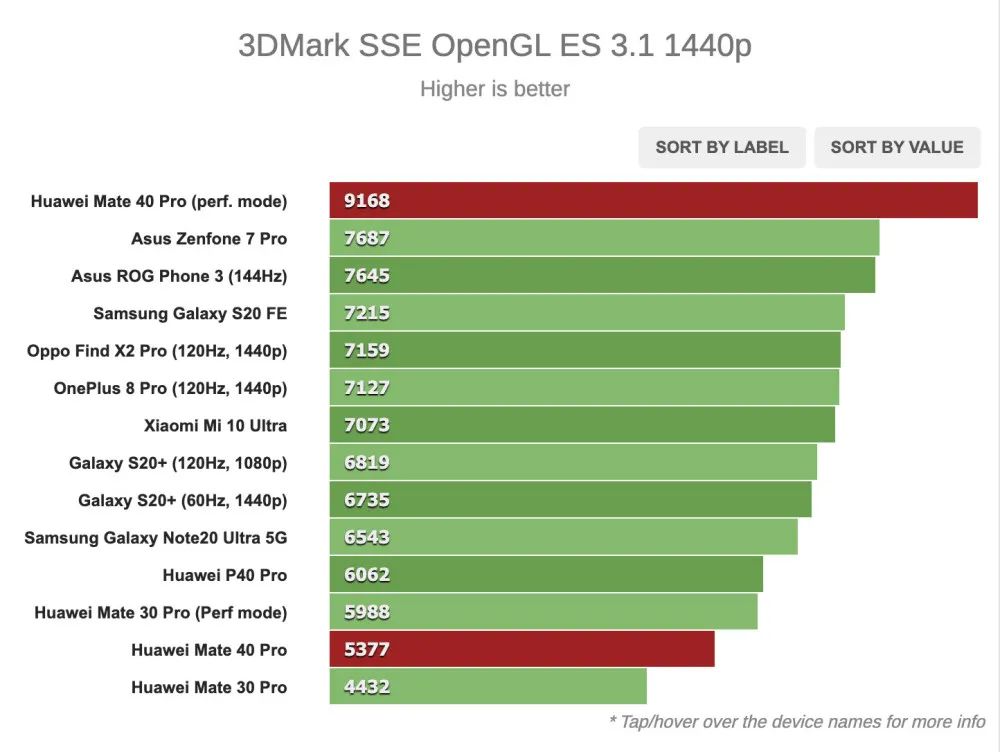
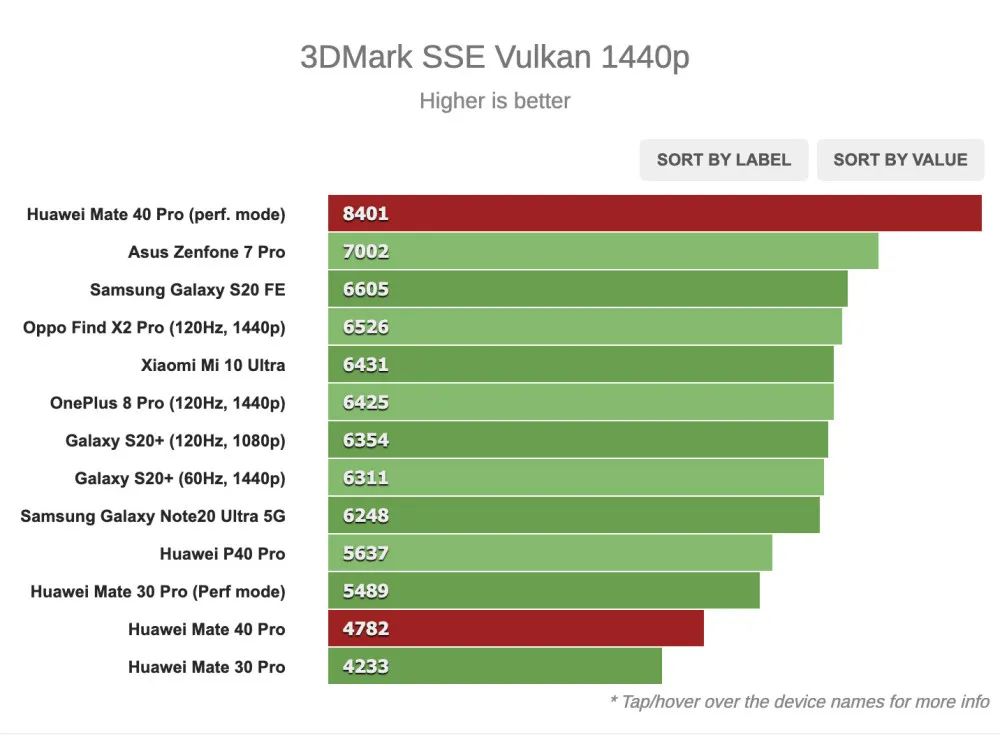
From the test scores provided by gsmarena, the processor in the Mate40 Pro is undoubtedly a unique presence in the current Android ecosystem, thanks to the 5nm process that allows 15.3 billion transistors to be packed into a small SoC, unleashing tremendous power.
Although I couldn’t test benchmark scores, I could still evaluate the actual gaming performance. I tested multiple rounds of Honor of Kings, Peacekeeper Elite, and Ace Warrior, obtaining the following data, which are the most averaged results from all test rounds, excluding external interference.
In Peacekeeper Elite, during gameplay at the highest settings, the frame rate remained stable, with CPU usage not exceeding 30%, and memory averaging around 930MB, peaking at about 1.09GB. Overall, the performance was very stable, with smooth visuals and no noticeable stuttering or frame drops.
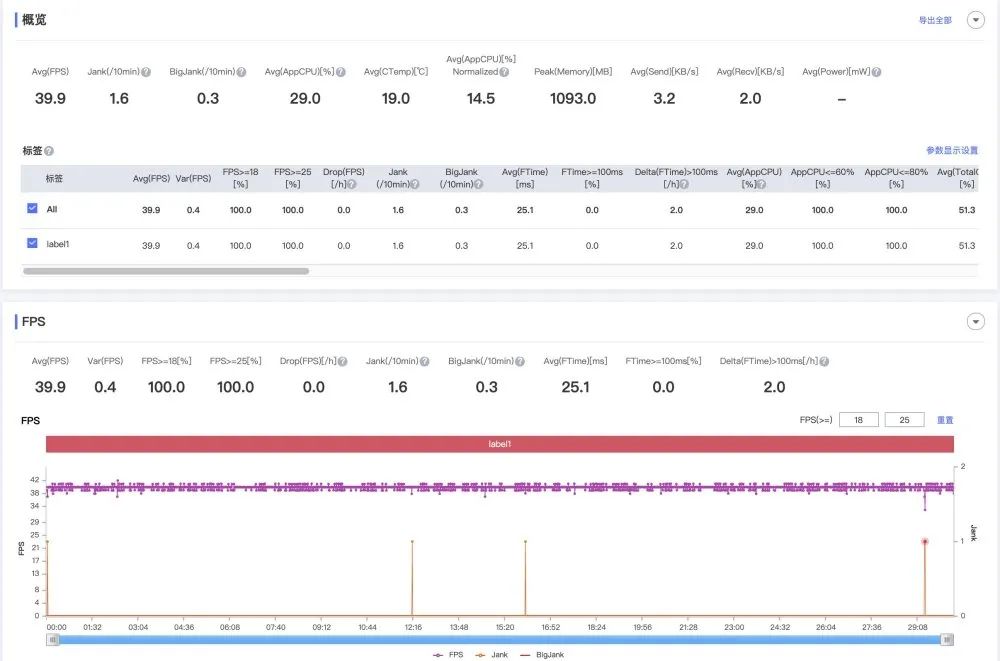 Peacekeeper Elite
Peacekeeper Elite
In Ace Warrior, during gameplay at the highest settings, I completed three full rounds, maintaining an effective frame rate around 95 fps, with the time spent exceeding 98.8 fps for over 18% of the total game time and exceeding 96.6 fps for over 25% of the total game time, although the overall fluctuations were greater than in Peacekeeper Elite. CPU usage remained around 30.3%, with memory usage at 961MB, peaking at 1.16GB. The visuals were stable, with no noticeable stuttering or frame drops.
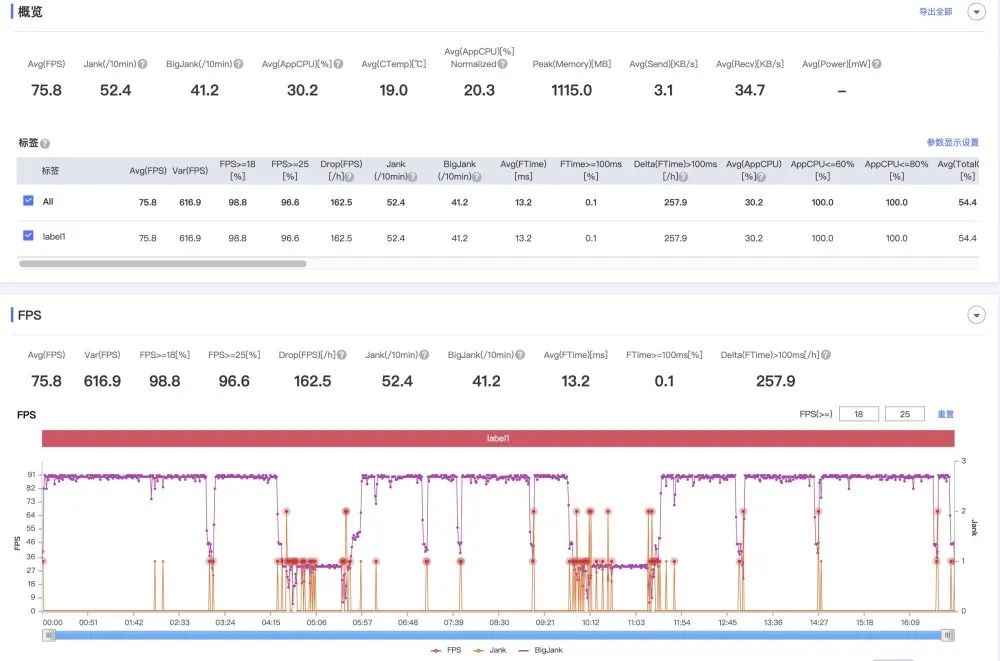 Ace Warrior
Ace Warrior
In Honor of Kings, during gameplay at the highest settings, the average frame rate was 59.2 fps, with stable visuals even during team battles. CPU usage was only 18%, and memory remained stable between 1021-1042MB. Throughout the game, the visuals were stable, with no noticeable stuttering or frame drops. Compared to the previous two FPS games, Honor of Kings, being a popular game, currently does not impose much performance interference on the phone.
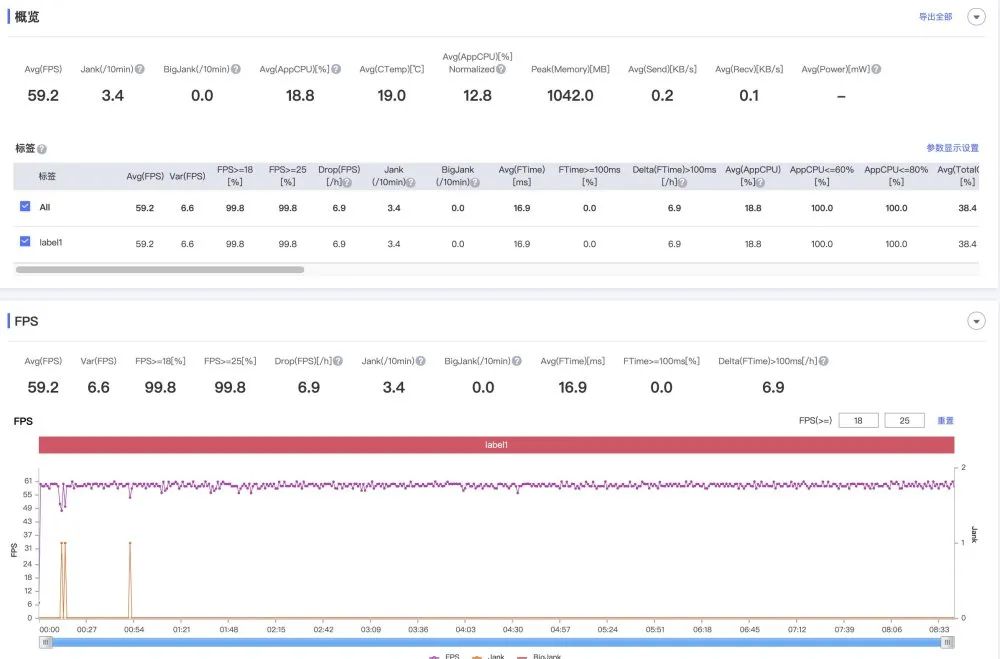 Honor of Kings
Honor of Kings
In terms of memory speed, Huawei has equipped the Mate40 Pro with LPDDR 5 + UFS 3.1, which is no longer a bottleneck for the entire phone, and this generation of flash storage performs exceptionally well in multi-threaded read and write performance.
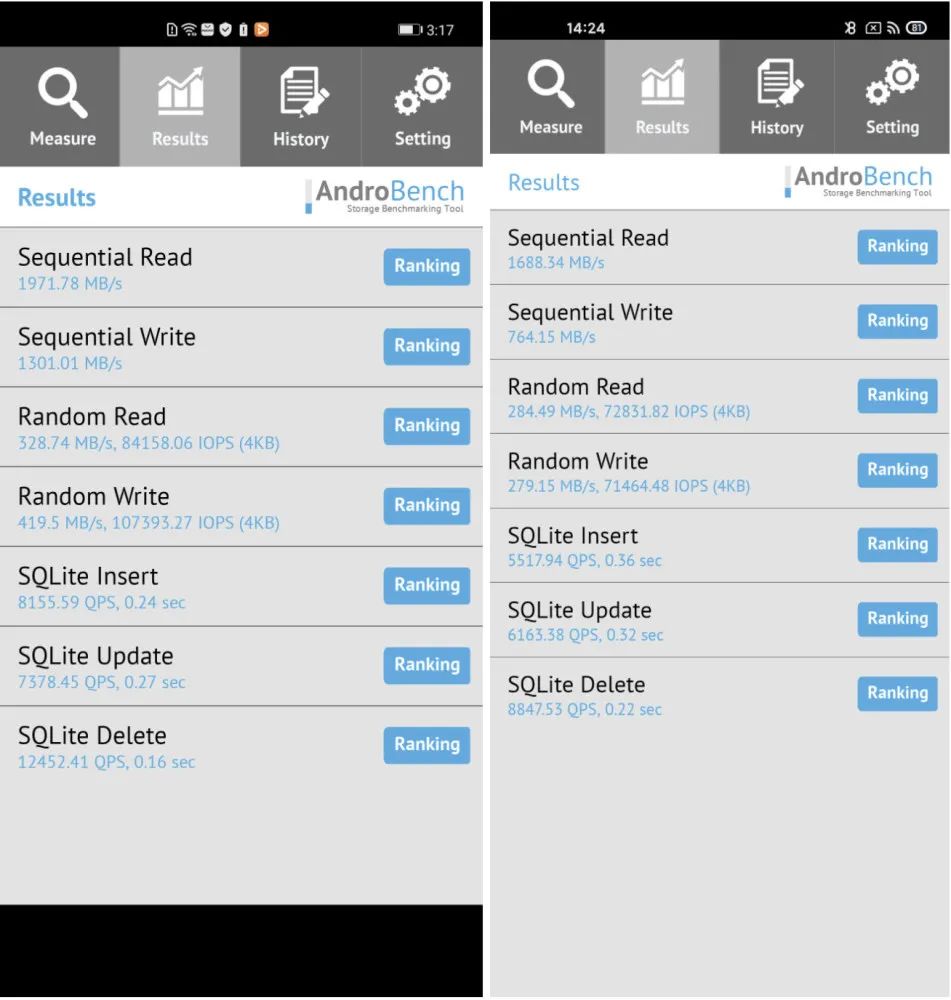 AndroBench memory test (left Huawei Mate40 Pro, right Xiaomi 10 Supreme Memorial Edition)
AndroBench memory test (left Huawei Mate40 Pro, right Xiaomi 10 Supreme Memorial Edition)
In the 8-thread test comparison of AndroBench, the Mate40 Pro significantly outperformed the Xiaomi 10 Ultra in both sequential and random read/write performance. In single-thread tests, the Mate40 Pro still led the Xiaomi 10 Ultra significantly, although the Xiaomi did not drop as quickly as Huawei in sequential read speed.
EMUI 11 on Android 10
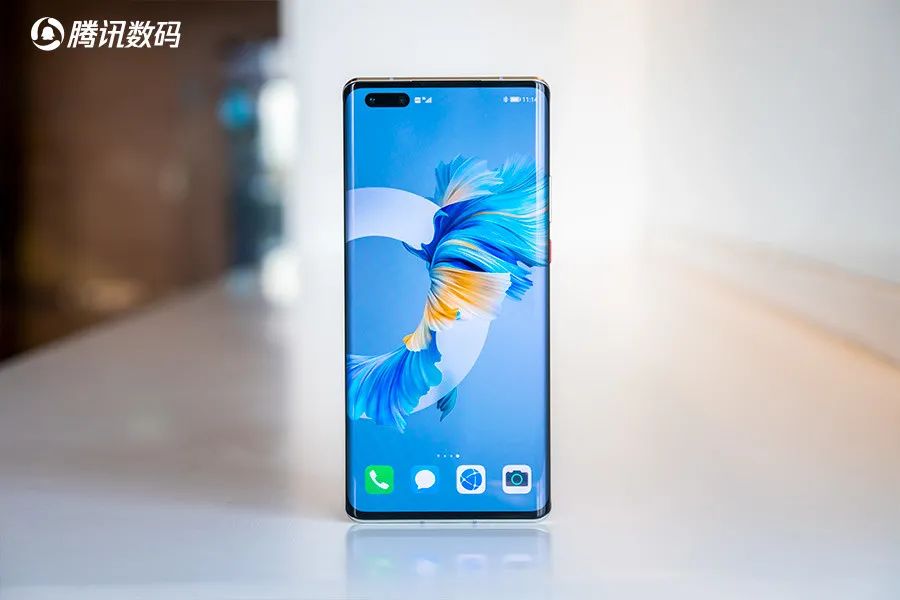
Before the launch event, Huawei released a series of promotional images and videos pointing towards EMUI 11, which may be the only system among all smartphones that can perform “air gestures”. Huawei has elevated this to an unprecedented level. The reason is simple: EMUI is not just an operating system for Huawei; it carries the responsibility of connecting Huawei’s hardware ecosystem.
Therefore, under EMUI 11, Huawei has created many cross-hardware applications through a distributed design, such as multi-screen collaboration, smooth communication, smart in-car systems, etc., which play a very positive role in building Huawei’s hardware ecosystem.
At the same time, Huawei is also preparing for the complete construction of HarmonyOS. These applications built with distributed technology can be migrated to HarmonyOS in the future. It is clear that Huawei is already planning this, as a more realistic issue is at hand: EMUI 11 is still based on Android 10.
Although Android is an open system, Google controls the authorization mechanism for Android phones to be launched. Therefore, it is not surprising that Huawei, which did not obtain Android authorization in September last year, naturally did not receive the authorization for Android 11.
In this new system, Huawei has built a more complete HMS ecosystem for overseas users. In the Mate40 Pro, Huawei has introduced its own search and map applications, along with previously available app stores, accounts, music videos, augmented reality, and other application interfaces, making HMS a fairly complete framework.
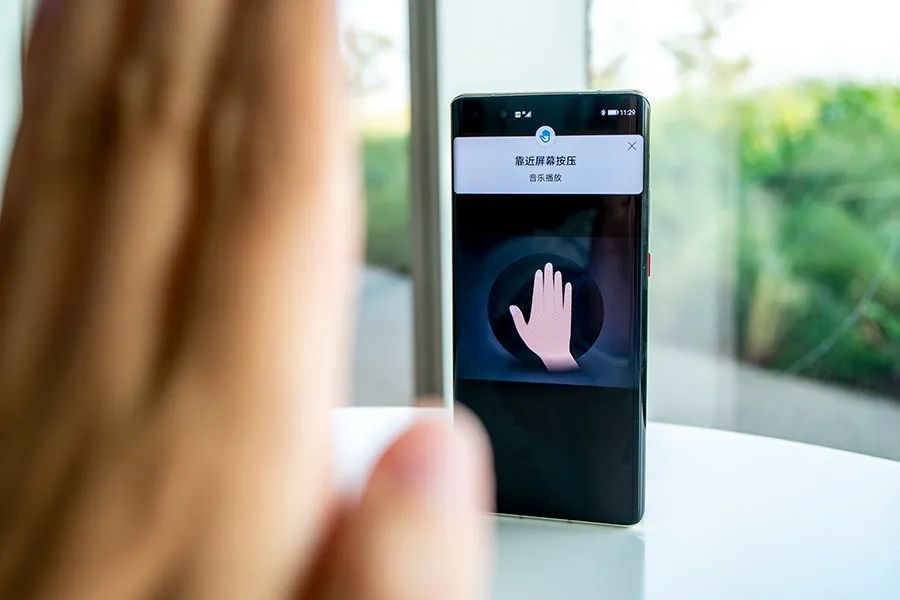
EMUI 11 has largely continued the design and usage logic of EMUI 10, with minimal overall changes. However, EMUI 11 has added more air gesture mechanisms, utilizing the front camera and ToF motion capture technology, allowing users to control the phone without touching it, such as switching music and flipping pages through gestures.
If you have used Huawei’s smart screen TV, this feature is also present there. It is evident that Huawei has not customized this feature solely for phones but hopes that all their software innovations and usage habits will be integrated across all Huawei hardware, whether for one or all devices, as long as the hardware conditions are met, Huawei aims to enable such features across more hardware.
Buy a camera, get a phone?
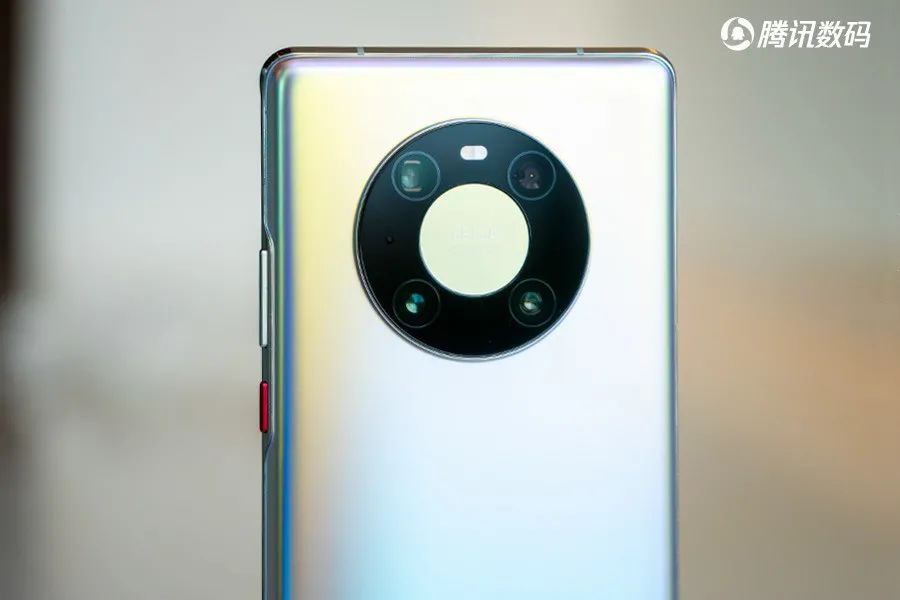
Despite many competitors adopting more aggressive designs in camera technology since last year, Huawei remains a unique presence. During the global launch of the Mate40, DxOMark conveniently released the Mate40 Pro’s camera test score, a high score of 136 that surprised no one.
The Mate40 Pro almost retains the lens module from the previous P40 Pro. There are two changes: one is the ultra-wide-angle lens, which has been replaced with a 20-megapixel ultra-wide-angle lens using Sony’s IMX 718, changing the pixel array from RYYB to RGGB; the second change is the main lens, although everyone uses the IMX 700 50-megapixel lens, the one on the Mate40 Pro does not have OIS optical stabilization.
Clearly, the Mate40 Pro’s lens module is not as aggressive as the P40 Pro from earlier this year, as the P series has always led the advancement of lens technology while the Mate series focuses on processor and other technological advancements. Therefore, the differences between the two are entirely understandable.
Undoubtedly, excellent hardware combined with advanced algorithms allows the Mate40 Pro to achieve significant photographic accomplishments.
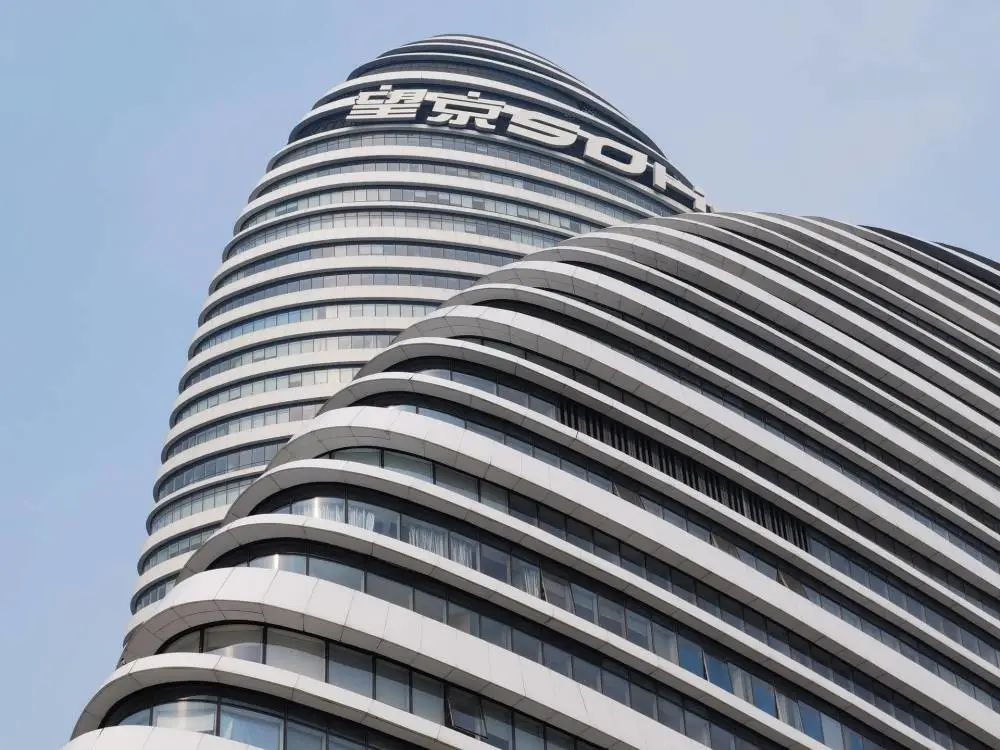

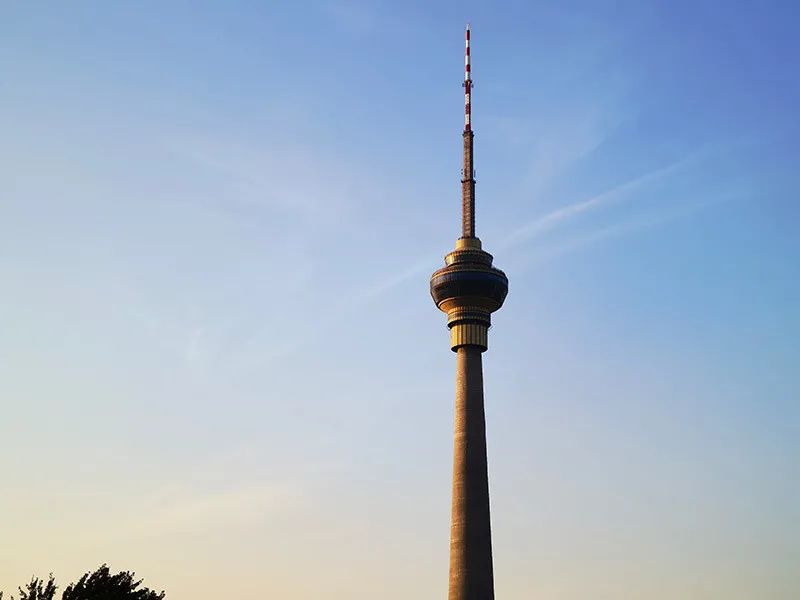
In normal lighting, the most impressive aspect of the Mate40 Pro’s camera is its wide dynamic range, which is difficult for many competitors to match. Especially in environments with strong contrast between light and dark, the detail retention showcases Huawei’s ability to combine hardware and software with the 50-megapixel main lens.
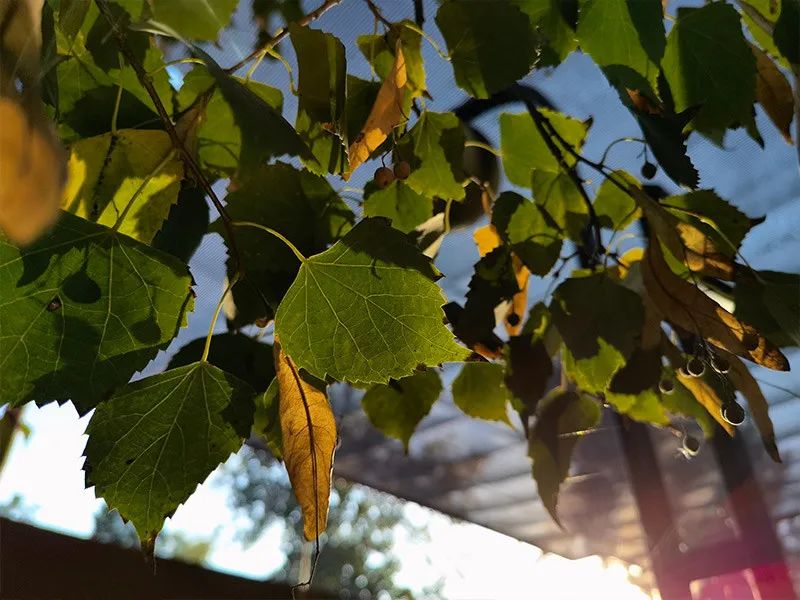

At the same time, in outdoor scenes, the Huawei Mate40 Pro demonstrated outstanding color rendering capabilities. In the same scene, the Mate40 Pro’s overall color performance is better than that of the previous P40 Pro. Moreover, the Mate40 Pro excels in image purity, especially in some indoor scenes, where the details in the shadows are well represented, and noise is minimal.
 Indoor photo under normal lighting, showing a noticeable yellow tint
Indoor photo under normal lighting, showing a noticeable yellow tint
A small detail, similar to our previous tests with the P40 Pro, the Huawei Mate40 Pro tends to have a warm color temperature in overall imaging. In most scenes, this does not affect the overall imaging effect, but in some specific scenes, the image may exhibit a significant yellow tint, particularly in some indoor low-light environments.



However, in most indoor scenes, the Mate40 Pro still maintains a high level of imaging quality.
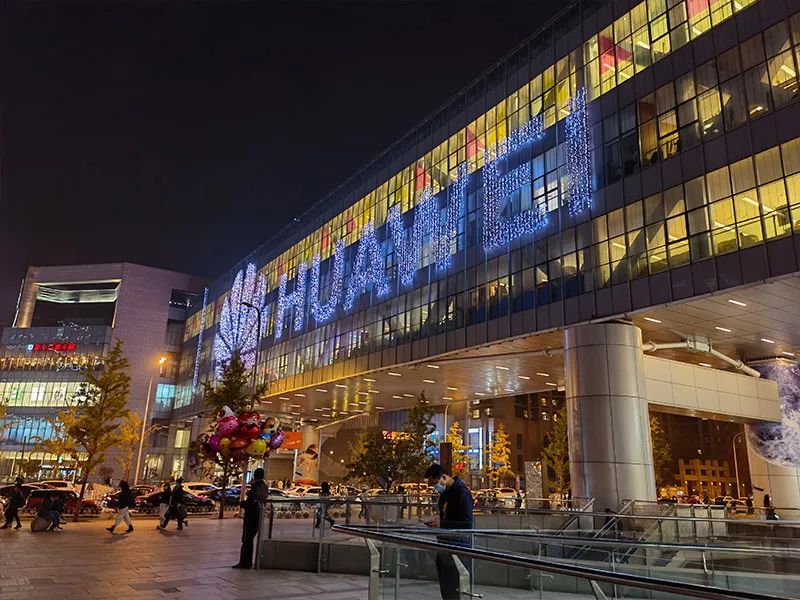
In outdoor night scenes, the Mate40 Pro’s ability to control complex lighting is astonishing, with the entire image appearing clean, accurate in color reproduction, highlights not overexposed, and excellent retention of details in the shadows, demonstrating a dynamic range as good as during the day.
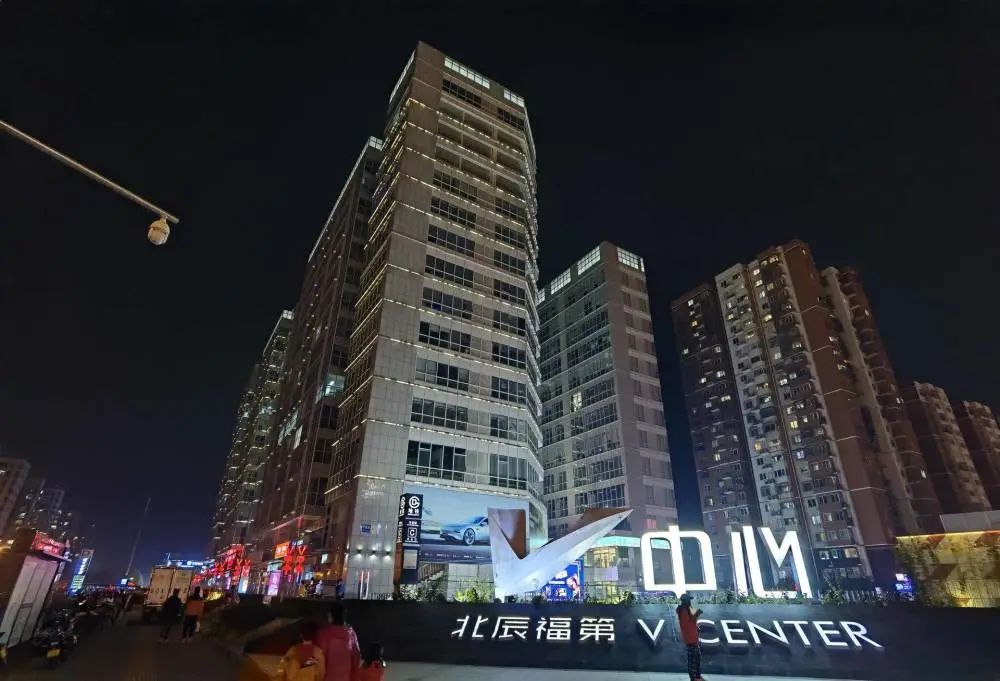 Wide-angle lens imaging
Wide-angle lens imaging
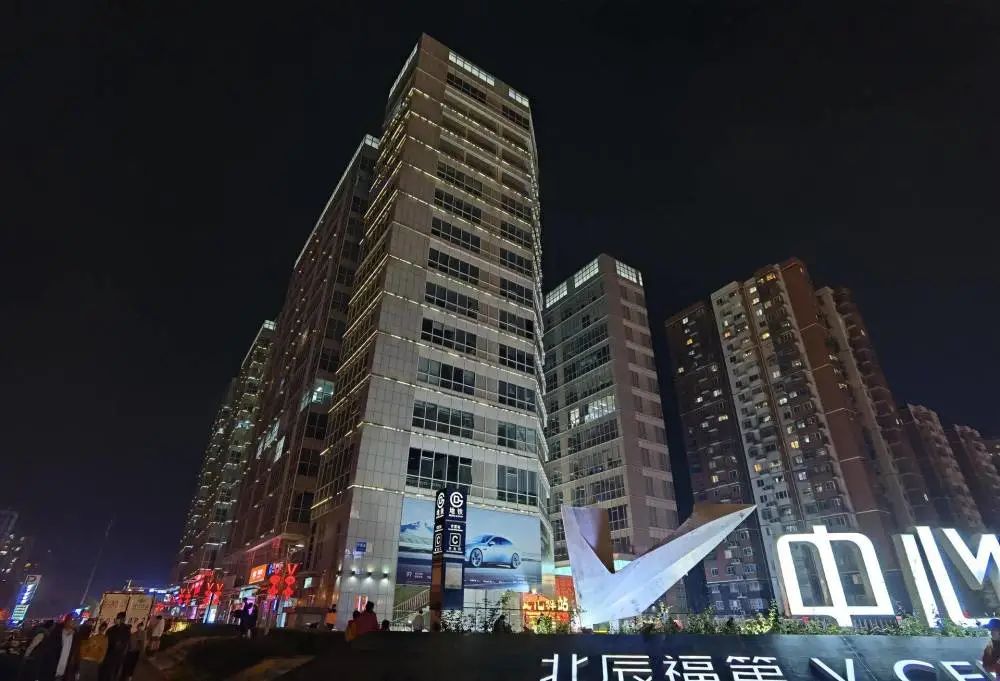 Main lens imaging
Main lens imaging
Even when switching to the wide-angle lens, the excellent dynamic range allows me to obtain very good night scene shots, all taken in automatic mode. I tried using the night mode, but the results were not better than those obtained in automatic mode; on the contrary, I found that the highlights in night mode tended to be overexposed, making the overall performance less natural than direct imaging.
This time, the ultra-wide-angle lens has been replaced with a 20-megapixel IMX 718, resulting in some changes in imaging. When taking photos with the Mate40 Pro’s main lens, the imaging ratio is 4:3, but when using the wide-angle lens, the image ratio is 3:2, meaning that this time the wide-angle photos will yield a wider image than the P40 Pro. When the P40 Pro was released, it was criticized for having a narrow field of view with the wide-angle lens, but this time Huawei has corrected this issue on the Mate40 Pro by changing the sensor.
 1X photo
1X photo
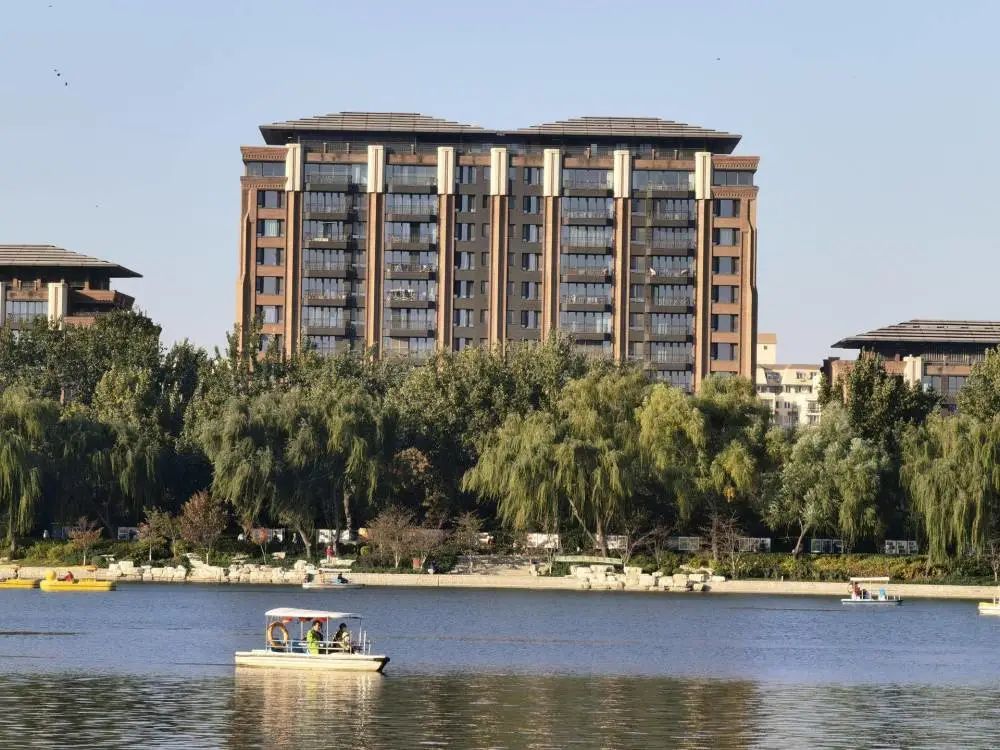 5X photo, rich in detail, good dynamic range
5X photo, rich in detail, good dynamic range
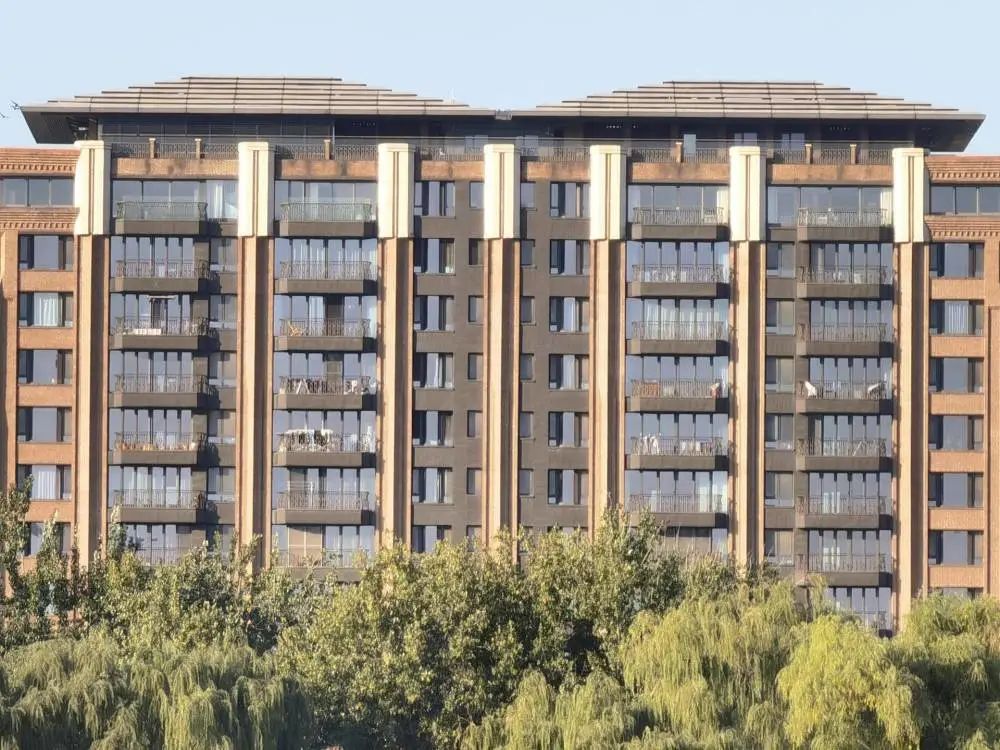 10X photo, rich in detail
10X photo, rich in detail
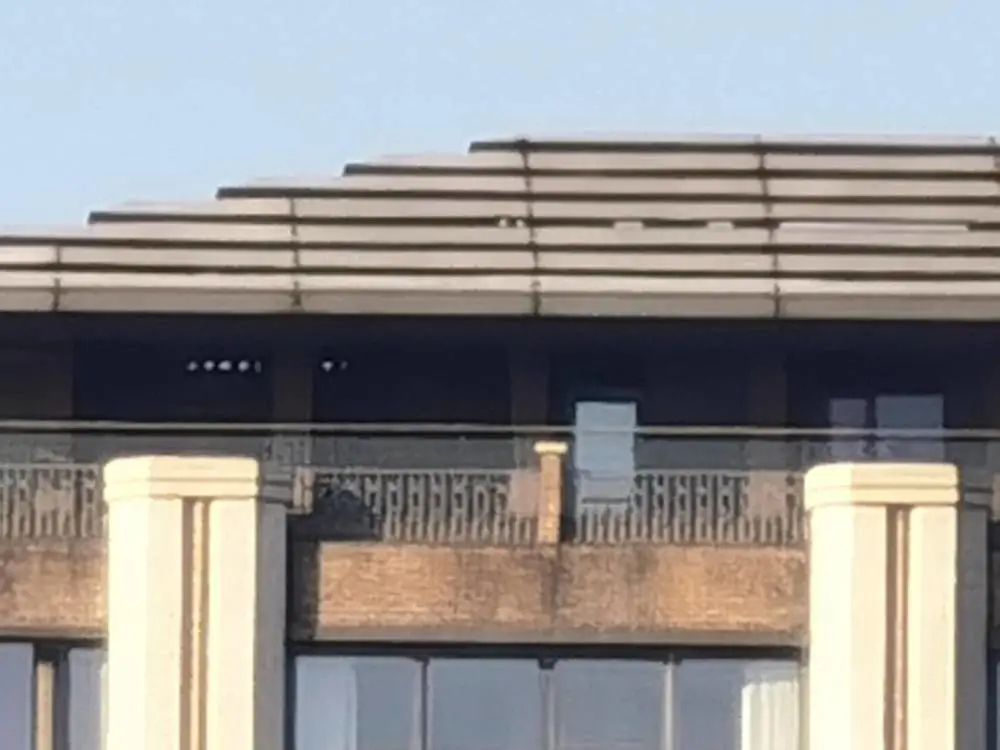 50X digital crop zoom photo
50X digital crop zoom photo
Regarding zoom, the Huawei Mate40 Pro performs similarly to the previous P40 Pro in maintaining white balance and exposure. During the lens switching process, exposure may change, but the phone compensates for the white balance issues caused by switching lenses through rapid focusing, resulting in four relatively consistent photos.
The Mate40 Pro can achieve a maximum of 10x hybrid zoom, and in terms of actual performance, the 10x hybrid zoom retains a considerable amount of detail. It can achieve a maximum of 50x digital crop zoom, but the imaging quality suffers significantly, rendering it of little practical value.
For video, I focused on testing the phone’s stabilization and low-light video performance. From the actual performance, the lack of OIS optical stabilization does have an impact on the Mate40 Pro, as compared to the Xiaomi 10 Ultra, the video shows more noticeable shaking. In terms of actual results, the high pixel synthesis used by Huawei on the Mate40 Pro does not provide as direct an effect in counteracting video shake as OIS does.
At the same time, you can clearly see that the Mate40 Pro I currently have shows a significant issue in night video recording, with a lot of pixelation. I also tested another review unit, which exhibited the same issue. Compared to the P40 and Mate30, I believe this is due to the beta version of the system on the review unit, and this part will be retested after the official system update.
Huawei achieves 66W fast charging with a single battery cell
With the gradual maturity of charge pump circuit technology, more and more smartphone manufacturers are beginning to use charge pumps as the main technical component in their charging systems. The primary function of a charge pump is to convert current, allowing it to transform a high-voltage, low-current circuit into a low-voltage, high-current circuit, thereby significantly increasing power while maintaining stable voltage, ensuring faster and more efficient charging.
Currently, the mainstream charging modes in the industry include three types: the first is the 65W dual-cell charging represented by OPPO’s VOOC, which has matured through the use of dual cells in parallel with a final output of 65W at 10V/6.5A; the second is the single-cell high-power system represented by the Xiaomi 10 Pro, achieving over 50W fast charging through a single cell and internal step-down circuit; the third is the latest 120W dual-cell fast charging, led by Xiaomi and iQOO, where both have different internal battery structures but share the same charging logic through charge pump circuits to achieve an output of 20V/6A for a final output of 120W.
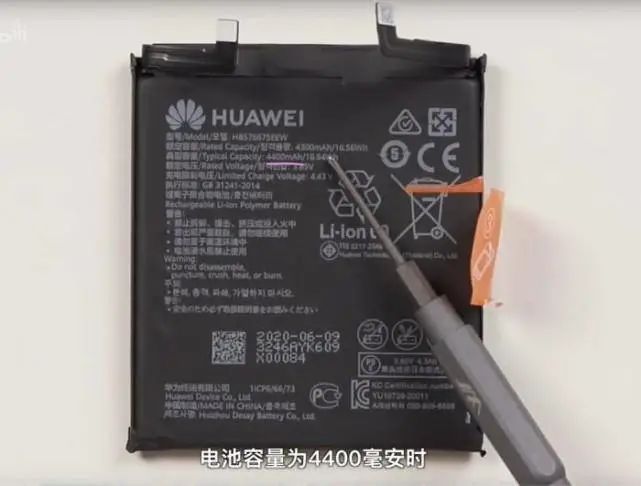 Image from iFixit’s teardown video of the Mate40 Pro
Image from iFixit’s teardown video of the Mate40 Pro
The Huawei Mate40 Pro clearly falls into the second category, using a 4400mAh single-cell battery to boost charging power to 66W, with the charger outputting 11V/6A. iFixit confirmed before the launch that this phone adopts a single-cell solution.
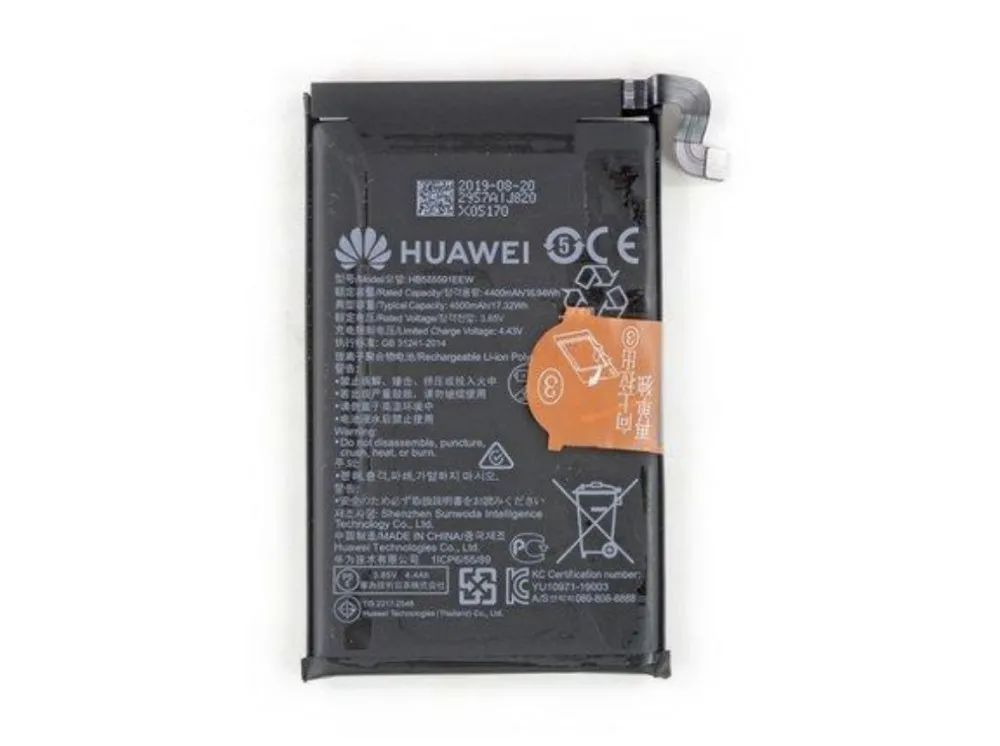 Battery of the Mate30 Pro, image from iFixit
Battery of the Mate30 Pro, image from iFixit
This battery differs from the previous 4500mAh battery in the Mate30 Pro in that it uses dual-path FPC wiring, allowing for heat and energy dissipation during charging, reducing heat and loss.
This image compares the charging heads; Huawei’s 66W charging head supports three output power levels: 5V2A, 10V4A, and 11V6A, with a proprietary fast charging protocol. Testing revealed that it does not support the PD protocol. When I used it to charge the Xiaomi 10 Ultra, Power Z displayed a charging power of only around 15W.
However, when connected to the Mate40 Pro, Power Z showed that the phone’s charging power could reach around 57W, with a current of 6A and a voltage of about 9.5V, but it is possible that Power Z does not support Huawei’s proprietary 66W fast charging protocol.
In the actual testing process, four phones were kept in the same room temperature environment for charging tests from 0-100%. The results are as follows:
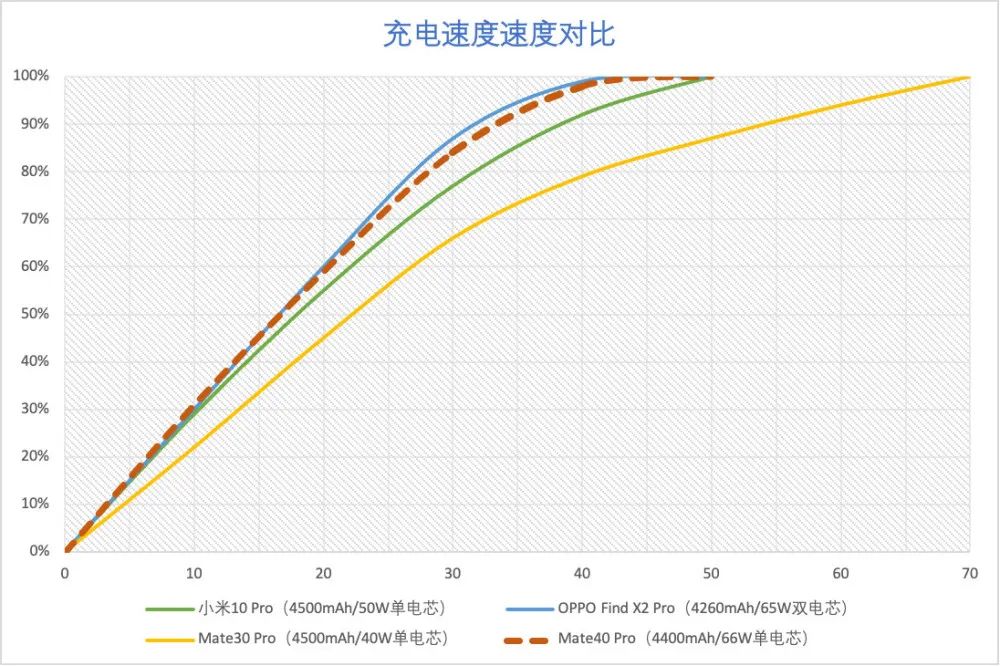
The final result shows that the overall charging speed of the Huawei Mate40 Pro is almost on par with OPPO’s 65W dual-cell VOOC flash charging, both fully charging in about 41 minutes, with Huawei being slightly slower but negligible. The Xiaomi 10 Pro’s 50W charging speed comes in third, taking around 48 minutes to fully charge, while the Mate30 Pro’s 40W flash charging is the slowest, taking about 68 minutes to fully charge its 4500mAh battery.
In terms of wireless charging, the Huawei Mate40 Pro supports a new 50W fast charging, but it requires a dedicated wireless charging dock and charging cable. Unfortunately, due to limited conditions, I will complete this part later.
In terms of actual battery life, I tested it over four days under conditions closest to actual usage. With the screen set to 90Hz, I tested three scenarios:
1. Light normal use, connected to WiFi at home and work, WeChat running on the computer, not frequently waking the screen, the Mate40 Pro’s battery life can reach around 14 hours;
2. Moderate normal use, working outdoors all day without charging, frequently waking the screen, minimal gaming, the Mate40 Pro’s battery life is around 8.5 hours;
3. Heavy use, connected to WiFi playing games, listening to music, watching movies, with the screen always on, the Mate40 Pro’s battery life is around 4-5 hours.
In terms of actual battery life, although the Mate40 Pro has a 100mAh smaller battery capacity compared to the Mate30 Pro, the overall battery life is close to that of its predecessor. Even without actively enabling “performance mode,” this phone’s battery life remains strong.
Starting from testing and ending with evaluation
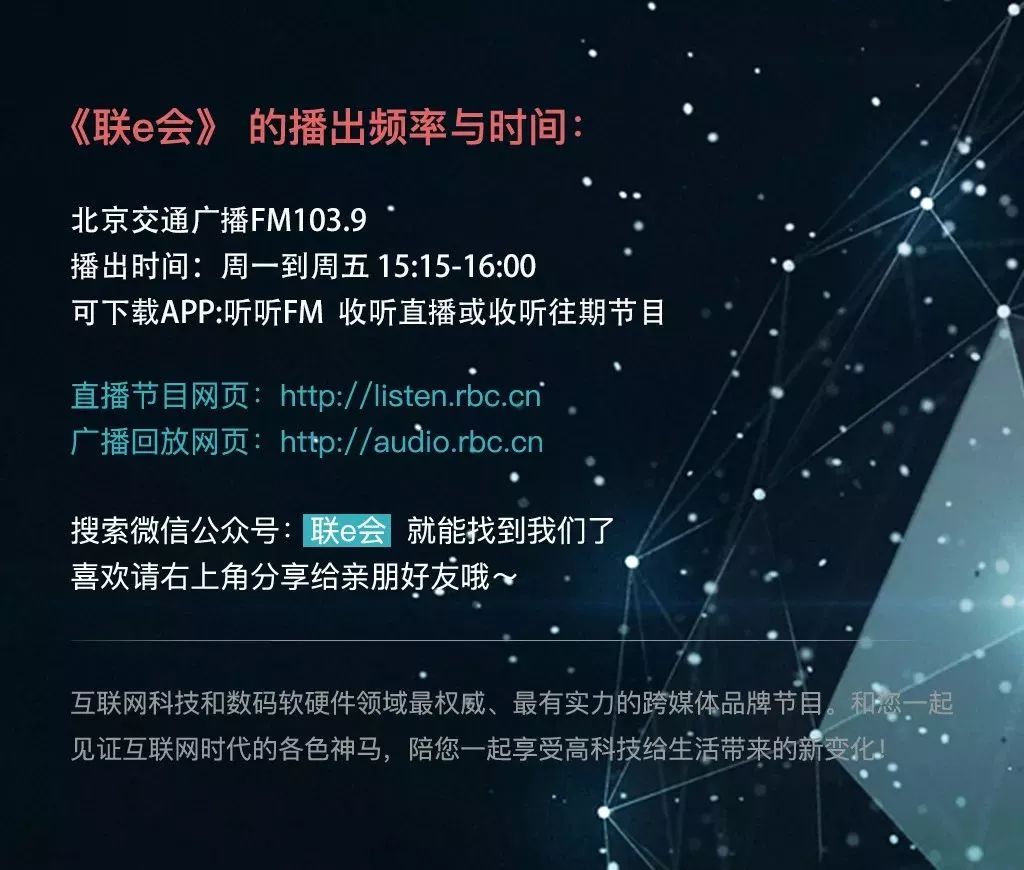
Perhaps I am luckier than many ordinary consumers, as I received the Mate40 Pro review unit on the night of the overseas launch on October 22. After a full week of experience, I can only say that I have some preliminary impressions of this phone, and the above content has been targeted testing, unable to cover all usage scenarios. Therefore, many personalized needs still need to be discovered and addressed by everyone after getting their hands on the device.
Evaluating the product itself, the Mate40 Pro is undoubtedly the best phone in the Android camp at this stage. Throughout the usage process, this phone has almost no obvious shortcomings.
The Mate40 Pro continues the Mate series’ tradition of excellent configuration, photography, and robust battery life, this time addressing charging, dual speakers, and making design adjustments to the screen that better align with user habits. It is challenging to find any “points” to criticize it.
Some issues arose during the review, such as pixelation in night video recording, but I believe Huawei will resolve these non-issues with the official system update.
You cannot expect a phone to excel in every aspect, providing you with the best screen, the best processor, the best hardware ecosystem, and the best operating experience, all at a price that everyone can accept. Such a product does not exist. The Mate40 Pro may be the one with the highest overall quality among the phones you can buy.